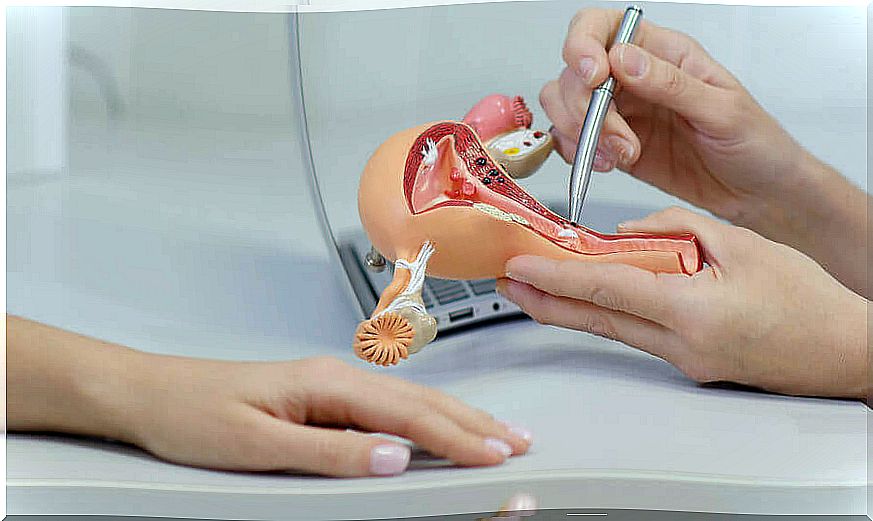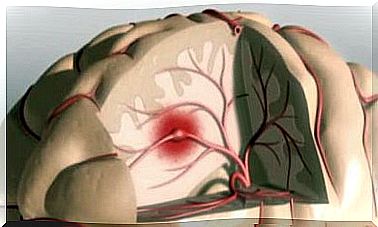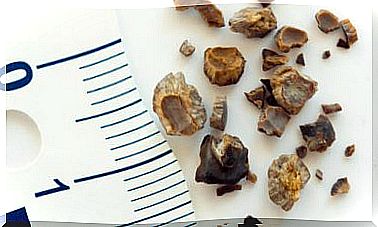How To Treat Polycystic Ovary Syndrome
Polycystic ovarian syndrome (PCOS) is a disease characterized by the overproduction of androgens, also known as male hormones. Under normal conditions, in the woman’s body there is a minimal production of these hormones. However, it is estimated that up to 7% of women overproduce them.
Information published in the Office for Women’s Health highlights that this condition is common in women between the ages of 14 and 44. In most cases, women discover they have it between their 20s and 30s, when they have difficulty conceiving.
According to this same entity, there is no cure for this health problem. In any case, it is important to evaluate each particular situation with the help of the doctor, since suffering from it increases the risk of infertility and various diseases. The professional, after making an accurate diagnosis, will determine the best treatment. Are you interested in knowing more about it?
Polycystic ovarian syndrome: what you need to know

Polycystic ovary syndrome is considered a hormonal disorder due to the imbalance in androgen levels. The disease affects the functioning of the woman’s ovaries and, therefore, leads to irregular menstrual periods, difficulties in getting pregnant, excessive hair growth, among others.
In this condition, the ovaries enlarge and form small fluid-filled sacs known as follicles. These sacs cannot release the ovum and therefore the woman has difficulty conceiving. Although for many it is asymptomatic, other clinical manifestations of the disease may include:
- Severe acne
- Hair loss or alopecia
- Pelvic pain
- Weight problems
- Prolonged fatigue
- Irritability
- Dark spots on the skin
Over time, women with PCOS may also be at increased risk for health problems such as cardiovascular disease, type 2 diabetes, obesity, depression and anxiety, intrauterine bleeding, and more.
Treatment of polycystic ovary syndrome
Polycystic ovary syndrome does not have an exact established cause; therefore, to date no effective treatment has been found to cure it. Although its main cause is the lack of control of hormones such as androgens, other risk factors such as family history, high insulin levels and low-grade inflammation could also explain it.
Therefore, before choosing one option or another to combat its effects, it is important to seek professional attention. The doctor will perform a series of tests, such as a blood test, ultrasound, or pelvic exam to look at abnormalities and determine their possible cause.
Later, it will determine which are the therapies that should be followed according to the case. As we mentioned, the treatment must be oriented to each particular case. Here are some of the steps taken in these cases, according to the Mayo Clinic.
Changes in lifestyle

Maintaining a healthy lifestyle is critical for women with PCOS. This allows you to reduce the risk of diseases and maintain a healthy and balanced weight. Therefore, the doctor may suggest some adjustments such as:
- Adopt a calorie-controlled diet.
- Do moderate physical exercise.
- Lose up to 5 kilos of weight.
- Use waxing methods for excess hair.
Medicines
- If the menstrual cycle needs to be regulated, the recommended treatment is birth control pills that contain estrogen and progestin or progestin therapy.
- To stimulate ovulation, options such as clomiphene (Clomid), metformin (Glucophage, Fortamet, others), gonadotropins or letrozole (Femara) may be suggested.
- Other treatments such as spironolactone (Aldactone), eflornithine (Vaniqa), and electrolysis can help against excessive hair growth.
Against acne and other symptoms derived from polycystic ovary syndrome, other medications can be used. Therefore, it is essential to seek medical and gynecological care. These professionals will be able to determine if the support of other specialists is necessary.








